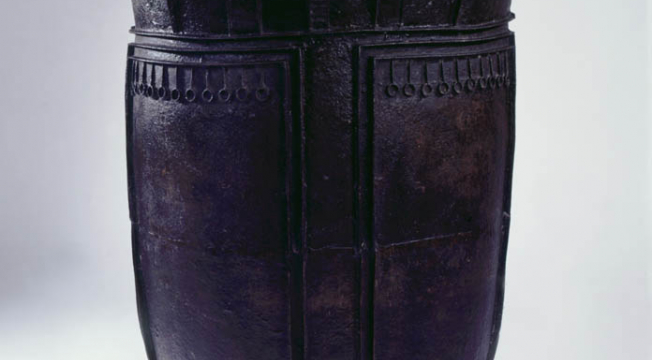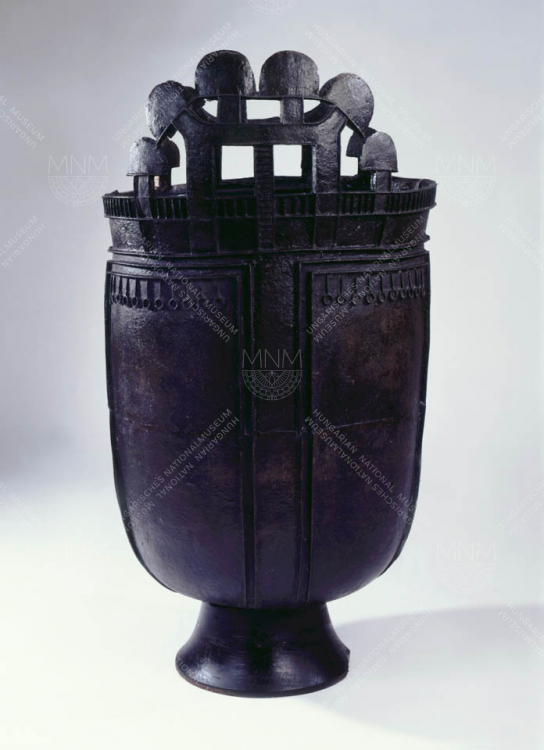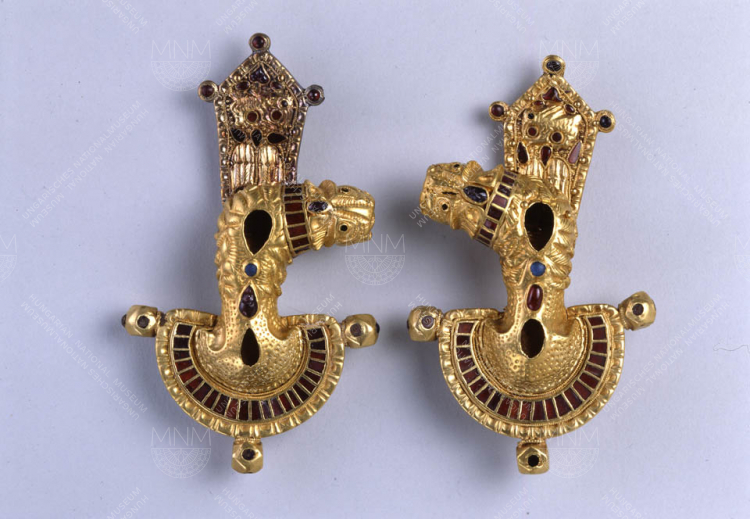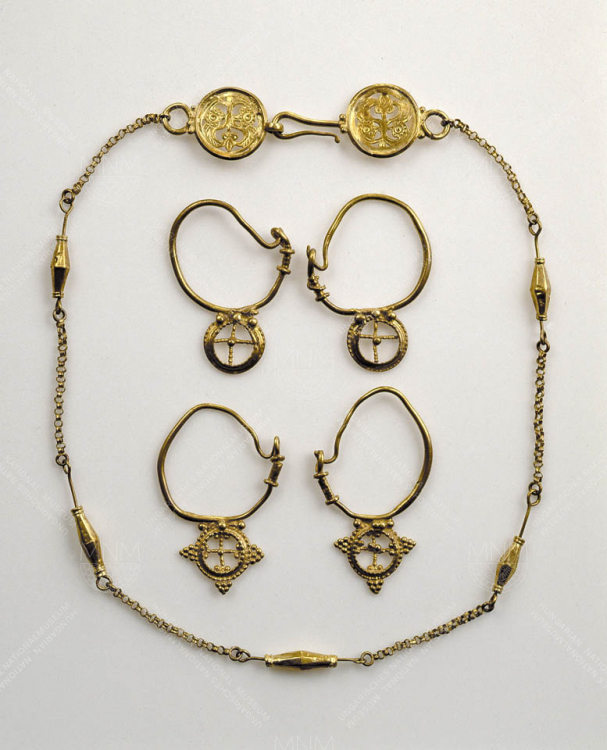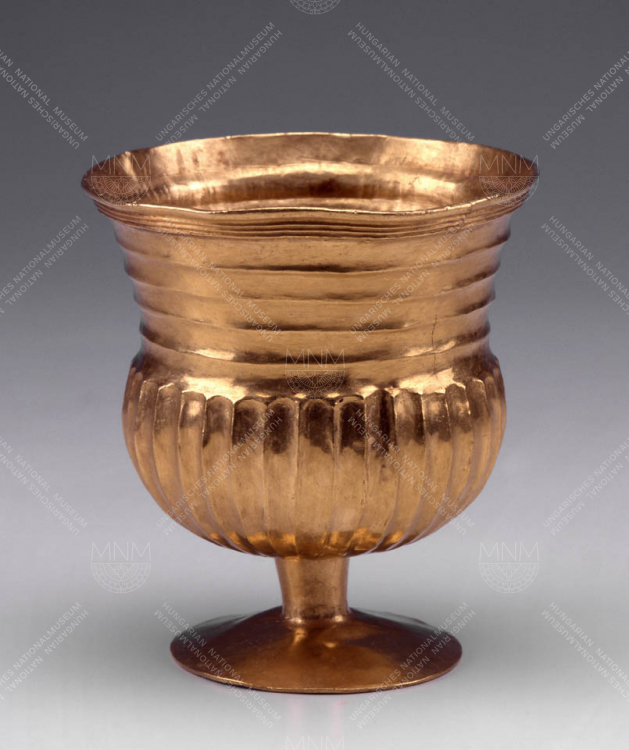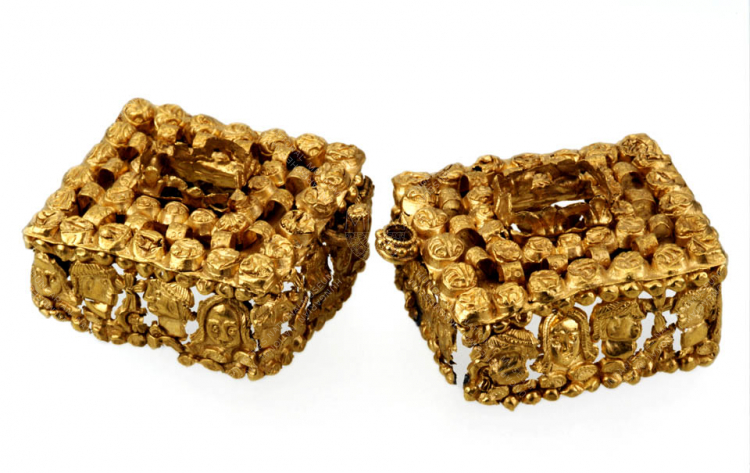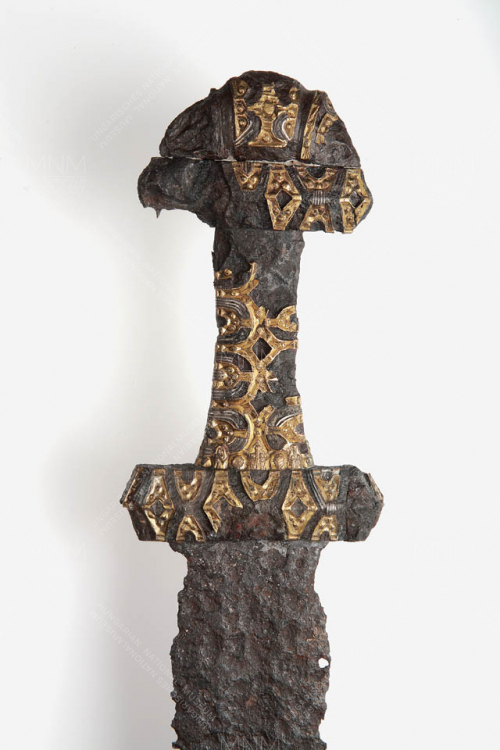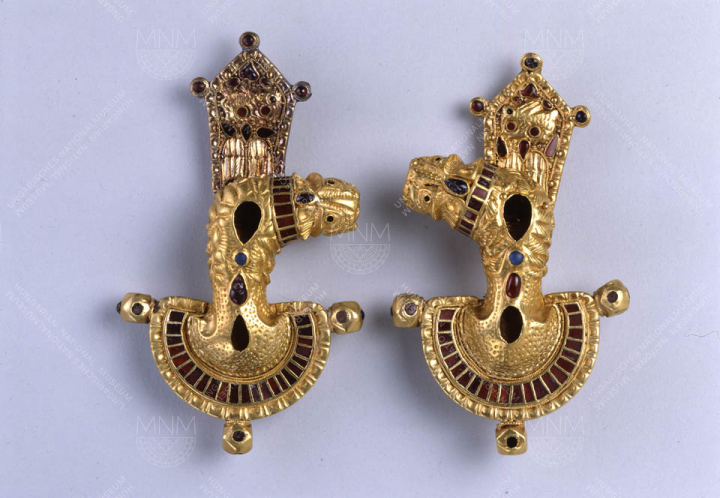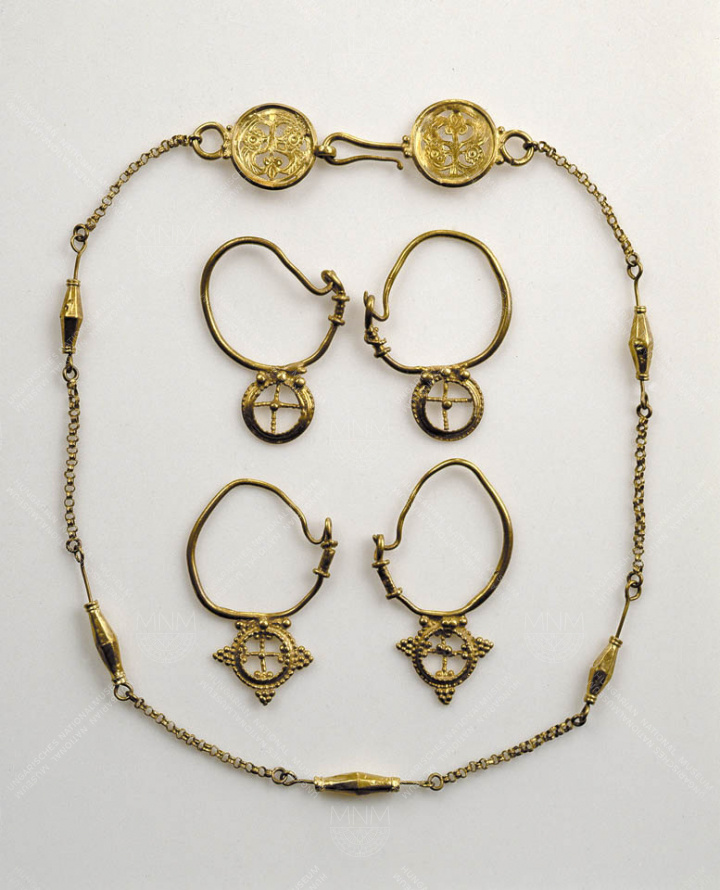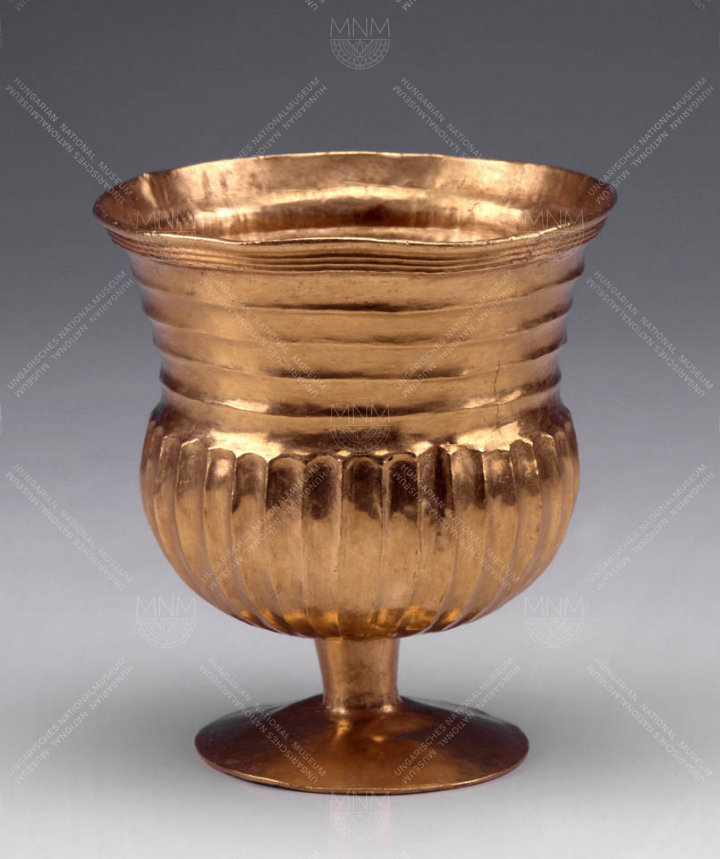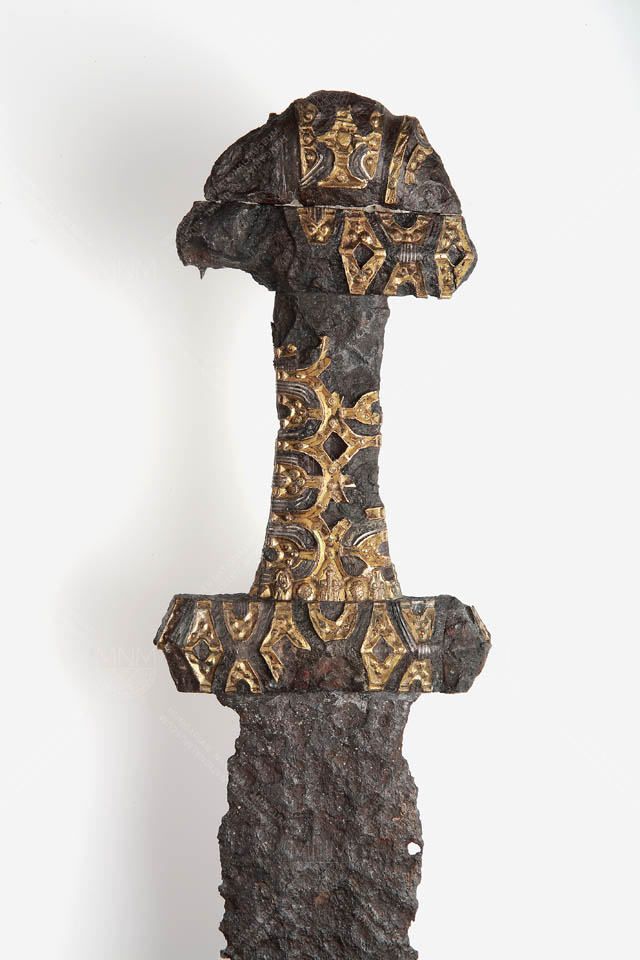
This was formed from material in the Hungarian National Museum’s base collection in 1927. It achieved its present profile in 1994. Since then, the researchers at the Collection have amassed and looked after material relics from the Great Migrations (early medieval) period recovered on Hungarian territory; additionally, they have presented them to the public in exhibitions grounded in the latest scholarship. By writing up the archaeological legacy of the period in an analytical way, and also by publishing it, these researchers are contributing to the sketching of a picture of the period between the 5th century and the 9th century BCE in the Carpathian Basin, and to answering questions of an archaeological nature in connection with it.
The Collection contains more than 100,000 individual artefacts from the period as a whole, including approximately 1000 gold artefacts. It is, therefore, the richest store of relics left behind by the Huns and Avars (peoples who were of Asian origin) and by the Gepids and Lombards (peoples who were of Germanic origin). Besides individual artworks of outstanding significance and beauty that indicate the wealth of ruling princes (e.g. a Hunnish diadem found at Csorna, a Hunnish cauldron found at Törtel, gold artefacts from the Gepid royal treasury found at Szilágysomló, and grave goods of an Avar ruling prince that were found at Bócsa), most of the artefacts in the Collection consist of grave goods from larger and smaller cemeteries of the ordinary people, along with remains from settlements that testify to everyday lives at this time.









